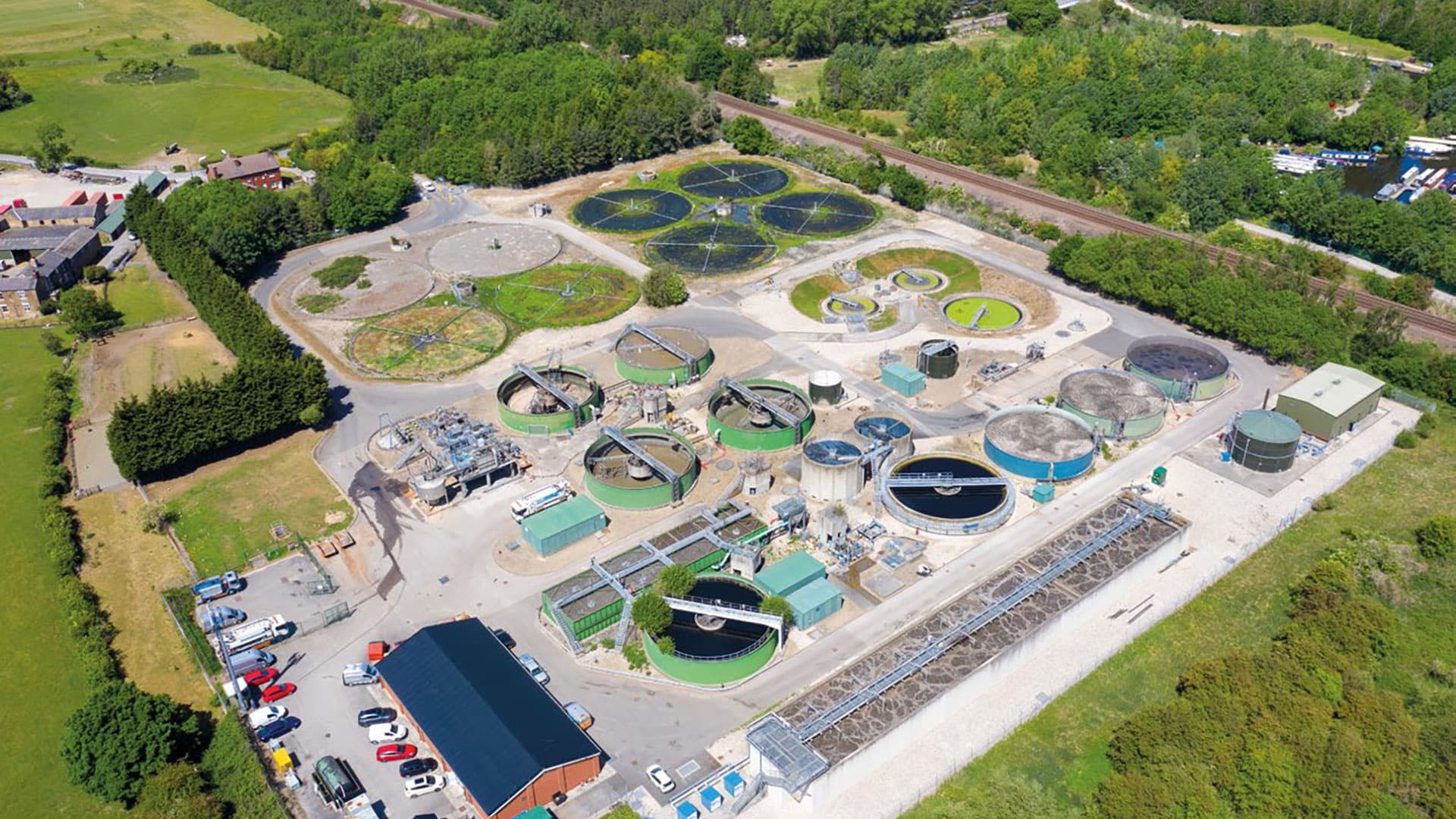Unite Your Data
with Our Data Platform and Data Engineering Expertise
At Oakland, we understand that data is more than numbers and stats. With our data platform and data engineering solutions, we connect you to your data in a secure and scalable way, so you can unlock valuable insights to drive more informed decisions, fast.
The right data platform acts as a supply chain for data, paving the way to better reporting, machine learning, and artificial intelligence.
Whether you’re starting out on your data journey, have an existing data platform that isn’t delivering the value you hoped for, or need data engineering support, we can help.
Let’s talk
Why Choose Oakland for Data Platform and Data Engineering Services?
With thousands of different solutions and technology providers, we help you discover the technologies that work for your business and maximise value.
Oakland brings a technology agnostic, value driven approach to your modern data platform:
- Customer first – not vendors
Working with all the major tech providers, we have an open mind. We’re only interested in what works for you. - Business-first thinking
We align your business objectives with your data strategy to deliver tangible value. - Capability builders for long-term impact
We integrate people, processes, technology, and data to drive quick wins and sustainable long-term change.
Book a chat with a data expert
Customisable Modular Data Platforms at Speed
Data platform delivery doesn’t have to be a choice between a lengthy build or
a poor fit. Oakland’s Modular Data Platform is customisable, fast, and secure.
“Oakland’s Modular Platform is truly groundbreaking. Taking our 40 years of operational excellence with our incredible data engineering skills allows us to create a platform in weeks, so insights are within easy reach.”
Mike Le Galloudec – Principal Consultant


Building a Data Platform for Blenheim
“Oakland completely understood the problem we were facing and helped us deliver a data warehouse in Azure. It’s almost the engine room for the business, where we can bring in data from multiple sources into one location and integrate with the power platform to deliver real insights across the business.
We’ve now got the building blocks for the future.”
David Green, Head of Innovation at Blenheim
View case studiesDrive Smarter Decisions with a Modern Data Platform
Call us on +(44) 113 234 1944 or fill out the form below to speak to a data engineer about building a modern data platform to take business to another level.
Data Platform and Data Engineering FAQs
What is a data platform and why does my organisation need one?
A data platform is a centralised system that collects, stores, processes, and delivers data across your organisation. It ensures data is accessible, secure, and actionable enabling everything from reporting and real-time analytics to AI. Data platforms are designed to automate manual data tasks and decisions, so you can concentrate on the bigger picture.
Find out more in our blog: What is a data platform?
How can I tell if my business needs a data platform?
If your organisation deals with large volumes of data or requires advanced data analytics, a data platform is essential. It simplifies data management, enhances data security, and provides comprehensive tools for turning data into actionable insights. Whether you’re a small business or a large enterprise, a data platform can drive innovation and efficiency in your operations.
For more details, read our blog article: Why do you need a data platform?
What is data engineering?
Data engineering refers to constructing and maintaining the architecture necessary for collecting, storing, and processing data. Data engineers design scalable data pipelines that transform and transport data into accessible formats for analysts and decision-makers. They ensure data integrity, efficiency, and availability, enabling organisations to leverage their data assets effectively.
Through their expertise, data engineers, like ours at Oakland, empower businesses to gain actionable insights and drive strategic decisions based on comprehensive data analysis.
What are the essential components of a modern data platform?
A modern data platform brings together the tools, infrastructure, and practices needed to turn raw data into actionable insights. At its core, it must enable seamless data ingestion from diverse sources, ranging from applications and APIs to devices and sensors.
This data is then stored in scalable repositories, such as data lakes, warehouses, or increasingly, lakehouses, which combine the flexibility of lakes with the structure of warehouses. Learn more about data lakehouses in our blog: The pros and cons of using a data lakehouse.
To make data usable, processing and transformation layers prepare it for analytics, while governance and security ensure it’s protected, compliant, and responsibly accessed. Built-in analytics capabilities, such as dashboards, reports, and self-serve tools, allow stakeholders to explore insights directly.
For more advanced needs, integration with AI and machine learning tools enables model training, deployment, and monitoring. Finally, features like data discovery and cataloguing help users navigate and trust the available data. Each component is critical to delivering a reliable, scalable, and future-ready data platform.
Should we build or buy our data platform?
There’s no one-size-fits-all answer to the ‘build vs. buy’ question. It depends on your business goals, data maturity, and technical resources! Buying a data platform, especially through cloud-native solutions, offers speed, scalability, and reduced operational overhead. It’s often the right choice when time-to-value is a priority and internal capacity is limited.
Building, on the other hand, provides greater flexibility and customisation, particularly beneficial for organisations with specialised needs and strong engineering capabilities. In practice, most modern organisations take a hybrid approach: buying and integrating proven technologies for ingestion, storage, and analytics, while tailoring governance, workflows, and business logic around their specific context.
Head to our blog for more details on building your data platform.
How do we ensure ROI from our data platform investment?
At Oakland, we believe a data platform in itself doesn’t generate ROI – the real value lies in the business use cases it enables. That’s why the path to meaningful return begins with clear, measurable objectives. Identify high-impact use cases that align with strategic goals and track their outcomes using well-defined performance indicators.
Equally important is adoption. Building internal capability through training, creating intuitive self-service tools, and embedding data into everyday decision-making helps ensure your platform is actually used. Finally, treat your platform as a living product continuously evolving based on user feedback, emerging needs, and shifting priorities. ROI isn’t just about cost savings – it’s about enabling smarter, faster decisions at scale.
Explore data platform ROI further over in our blog: How to manage spiralling cloud costs.
What’s the difference between a Data Lake, Data Warehouse, and Data Lakehouse?
Each of these architectures plays a different role in managing data.
- A data warehouse is designed for structured data and is optimised for business intelligence and reporting. It offers speed and reliability but can be costly and less flexible.
- By contrast, a data lake stores raw, unstructured, and semi-structured data at scale. It’s ideal for flexibility and experimentation, especially when paired with data science or machine learning workloads. But a data lake requires strong governance, otherwise it risks turning into a data pit.
- A data lakehouse blends the best of both, combining the scalable storage of a data lake with the transactional reliability and structure of a data warehouse. Data lakehouse architectures are increasingly favoured for their ability to support both advanced analytics and traditional BI from a single platform.
Learn more about the difference in our blog: Should you use a data lakehouse instead of a data warehouse and/or data lake?
How do we keep our data platform secure?
Security is foundational to any data strategy. A well-secured platform starts with role-based access controls that limit data visibility to the right people. Encryption, both at rest and in transit, protects sensitive information from external threats, while unified permission policies ensure consistency across systems and tools.
Ongoing compliance is supported by robust auditing and logging, enabling organisations to monitor activity and respond quickly to anomalies. Data masking, anonymisation, and governance tooling further reduce the risk of data misuse. Ultimately, a secure platform safeguards not just your data, but your brand and stakeholder trust, too.
How does a data platform support AI and machine learning?
Artificial intelligence thrives on quality data, and a modern data platform is designed to deliver it. It ensures access to clean, curated datasets, along with the infrastructure required to manage ML workflows from end to end. Feature stores, model training pipelines, and scalable compute environments allow data science teams to move efficiently from experimentation to deployment.
Once models are live, monitoring tools help detect drift, maintain performance, and manage risk. Without a strong data platform, AI efforts often stall at the pilot phase and are unable to scale due to a lack of consistency, governance, or operational readiness.
Take a read of our blog for more insight into the role of data governance in AI.
What are the most common mistakes organisations make with data platforms?
The most common pitfalls are less about technology and more about planning, people, and process. One of the biggest mistakes we see is a business building a data platform without clearly defined use cases. This often leads to expensive infrastructure that goes underutilised. Another is overlooking governance, which can result in poor data quality and compliance risks later on. Our blog has everything you need to understand about why you should invest in data quality.
Overcomplicated architectures also create friction, especially when they’re difficult to maintain or use. Meanwhile, underinvestment in training and enablement can stall adoption entirely. Finally, many organisations neglect to assign clear ownership and embed data into their culture, which limits momentum and long-term success. Getting it right means aligning your platform strategy with the real needs of your users and business.
What is data platform architecture?
Data architecture refers to the design and structure of how an organisation collects, manages, stores, and uses data. It maps out how data flows through systems, as well as how components interact with each other, from data warehouses and lakes to analytics tools.
Choosing the right data platform architecture is a core part of the platform engineering process. It makes sure your platform is designed with reliability, scalability, and success for the long-term in mind. Dive into data platform architecture further in our blog: What is Data Platform architecture?
If the architecture doesn’t fit in with your overall enterprise, the platform investment risks ending up as a missed opportunity.
What are the challenges of building a data platform?
When it comes to building data platforms, you may come across a couple of challenges, including excessive tech-centric focus, departmental data siloes, poor quality data, and lack of data governance. Our data platform engineers go into more detail over in our blog: The challenges of building a data platform.
Where can I get a data platform built in the UK?
A specialist data platform engineer is best equipped to build robust data platforms that stand the test of time. Oakland is a leading developer of bespoke data platforms for businesses across different sectors in the UK.
Contact us to start your data platform project.







